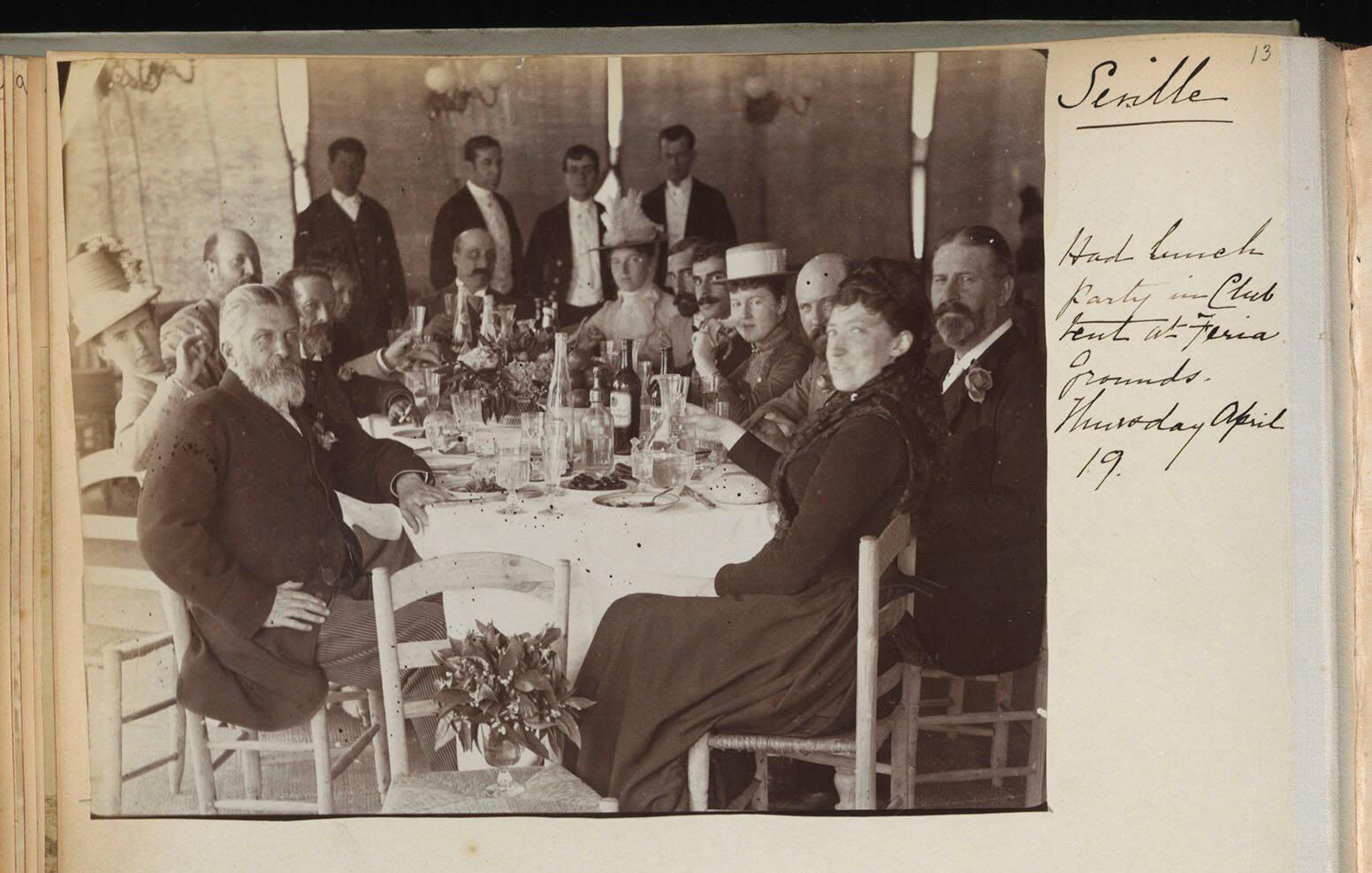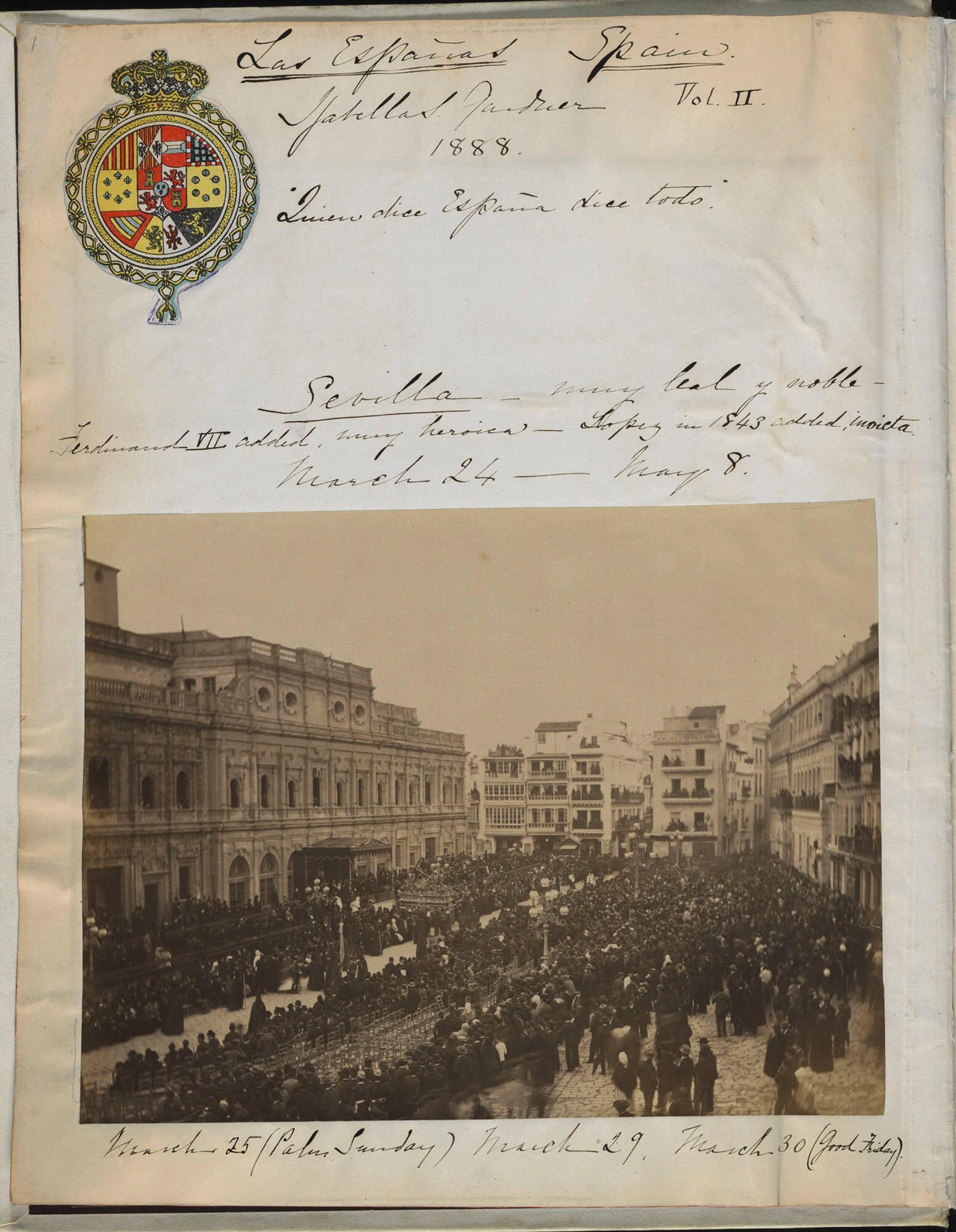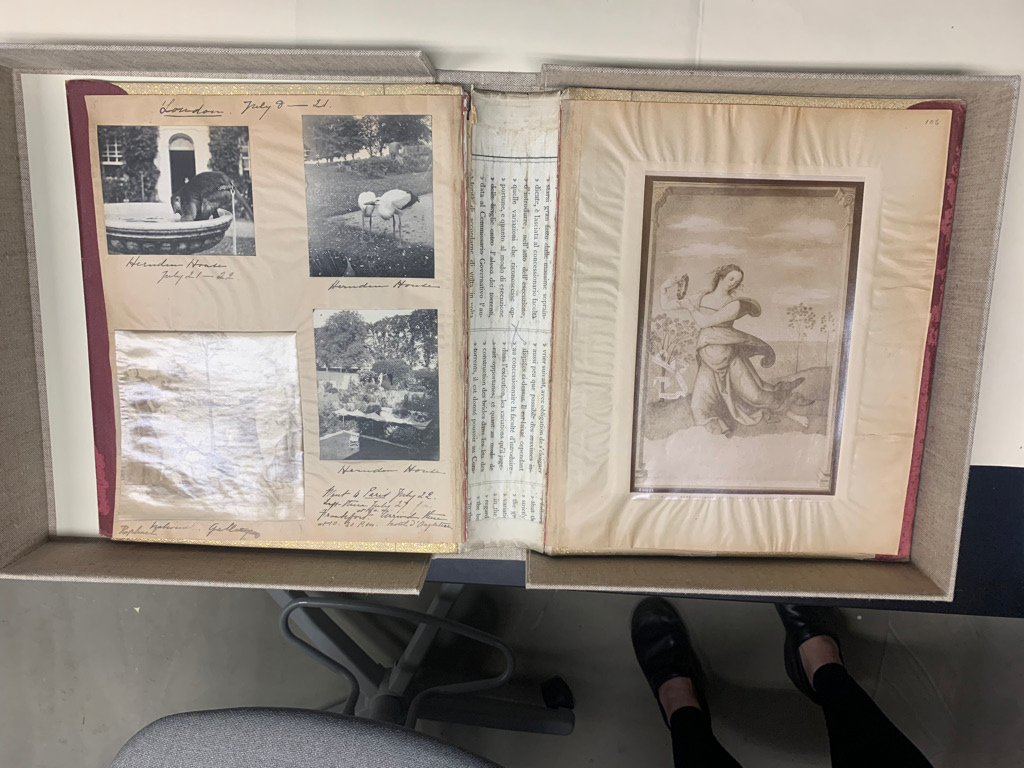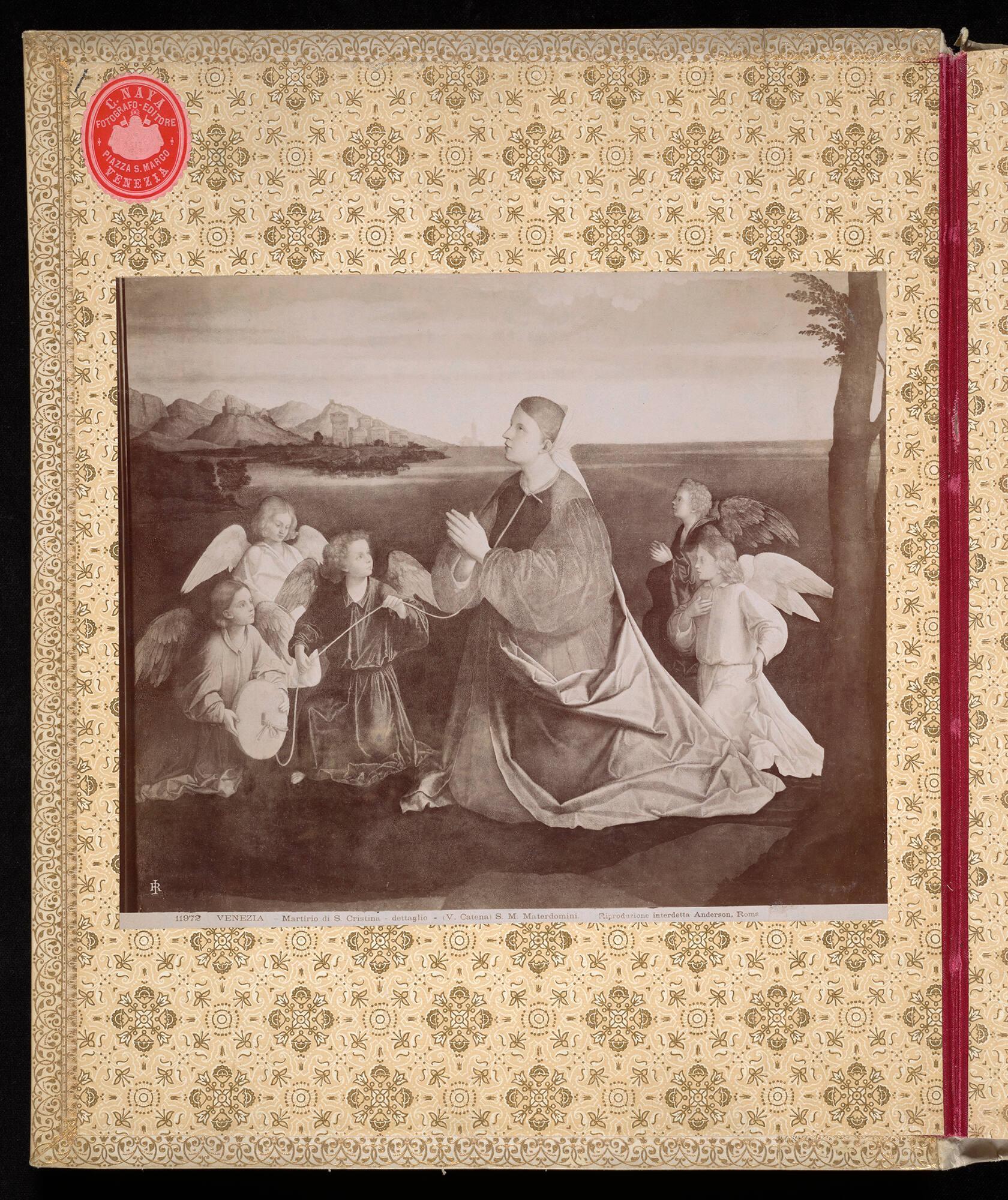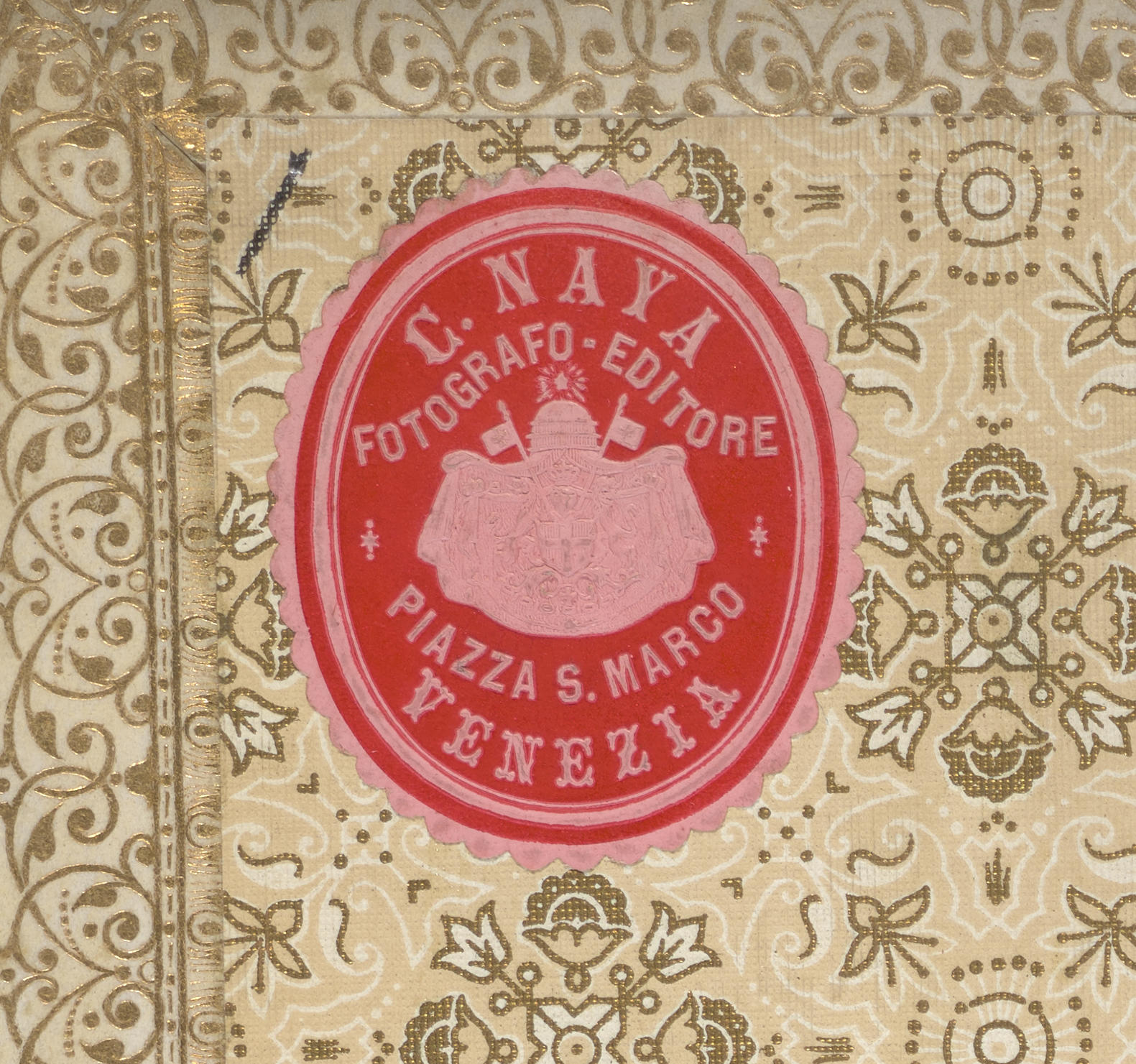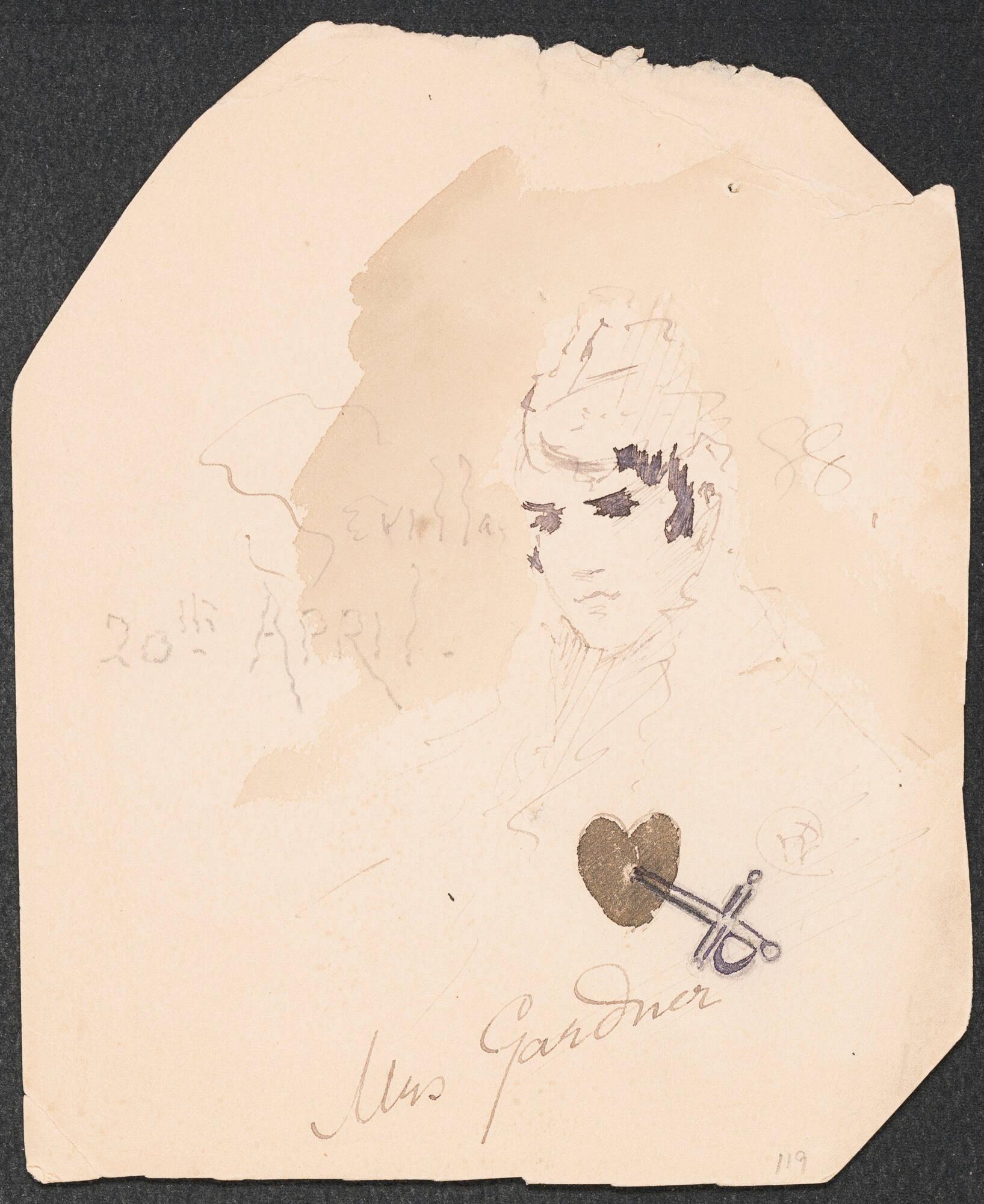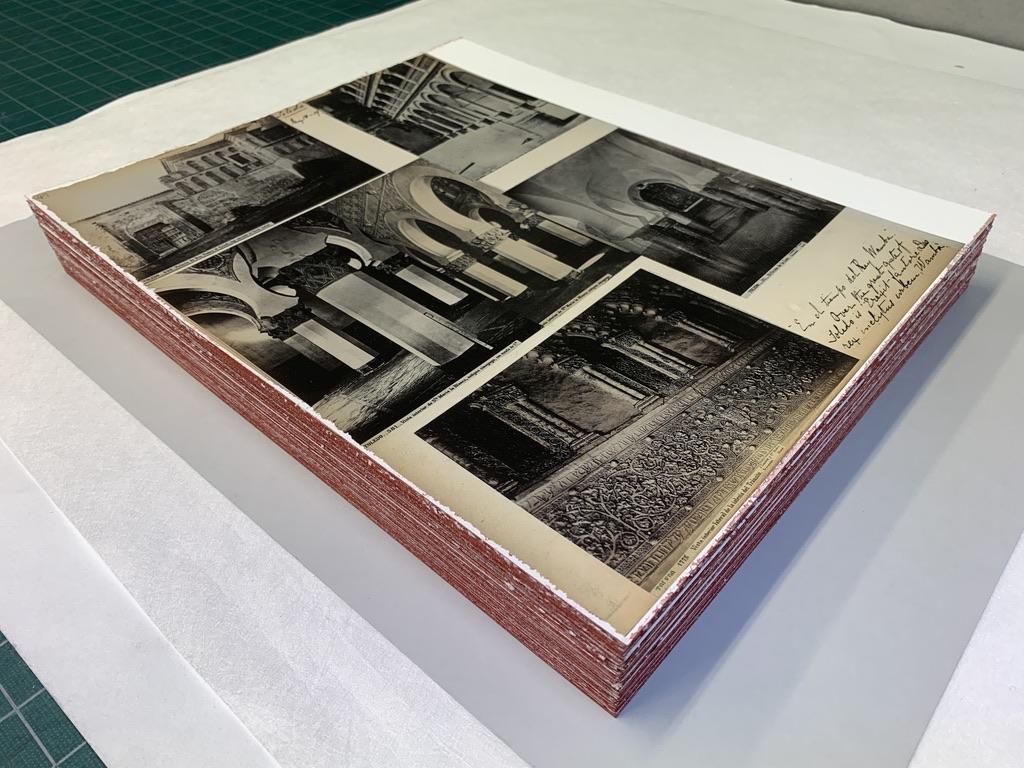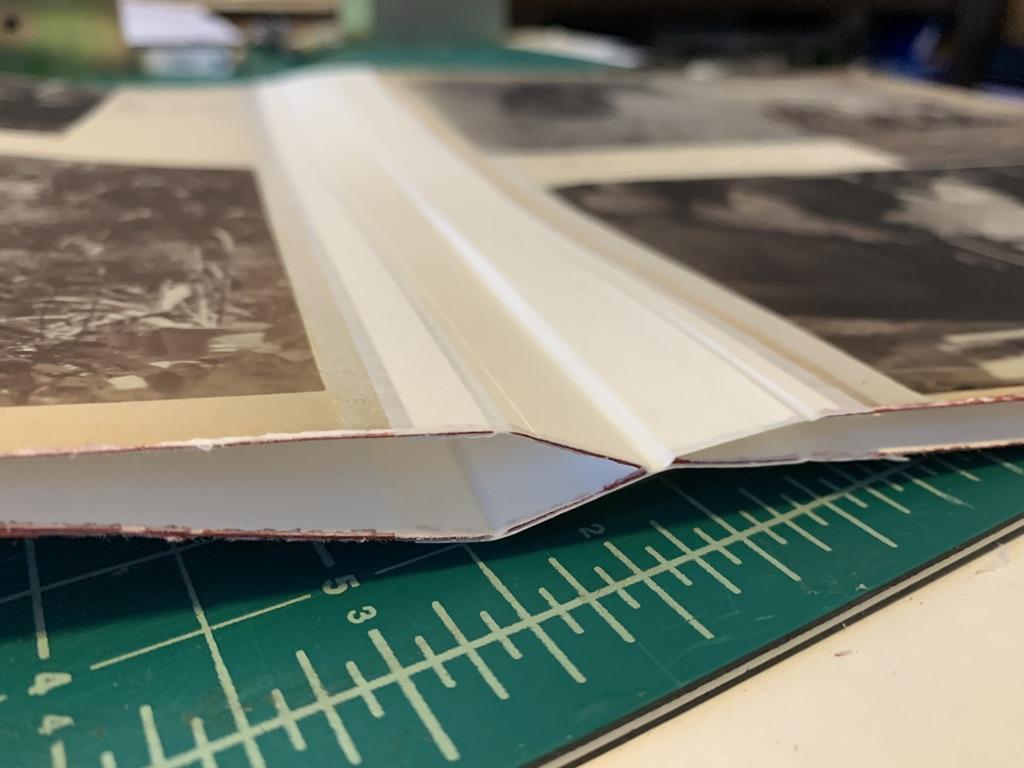¹Developing photographic mediums in the 19th century include daguerreotype and glass plates from the French, calotype from the English, and Italy’s very own photogenic drawings.
²suggesting all three albums containing travels in the Iberian Peninsula were fabricated as case bindings.
³the firm was run by his widow, Ida Lessiak, and managed by Tomasso Filippi.
⁴See Handbook for Travellers: Central Italy and Rome handbook published by K. Baedeker. This is only an implication however, since a binder’s receipt or any recording of the transaction is not reflected in the archives.
⁵Speculations include noting where the protagonist from a popular novel of the time, Gil Blas, was detained in El Alcázar
⁶Antoni Esplugas Gual, Josep (known as J.E. Puig) based in Calle Escudillers, Barcelona; won third class medal for his portraits at the 1888 Barcelona Universal Exposition. The Barcelona Universal Exposition took place from Apr 8 – Dec 9, 1888
⁷the first official poster announcing the fair was published in 1890 after Isabella’s visit
